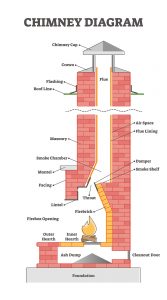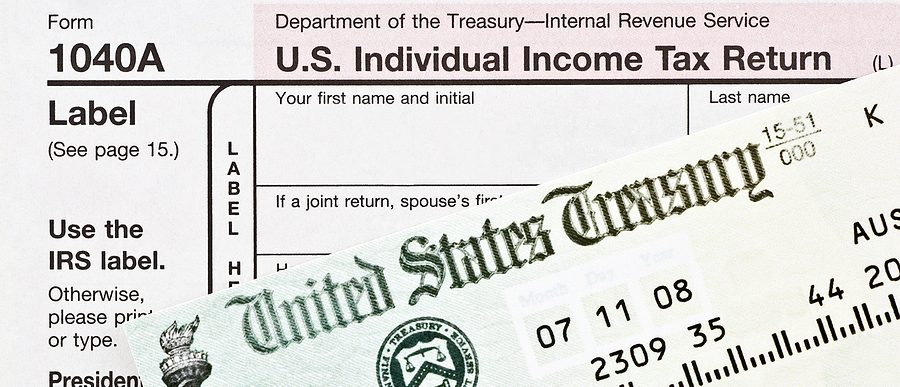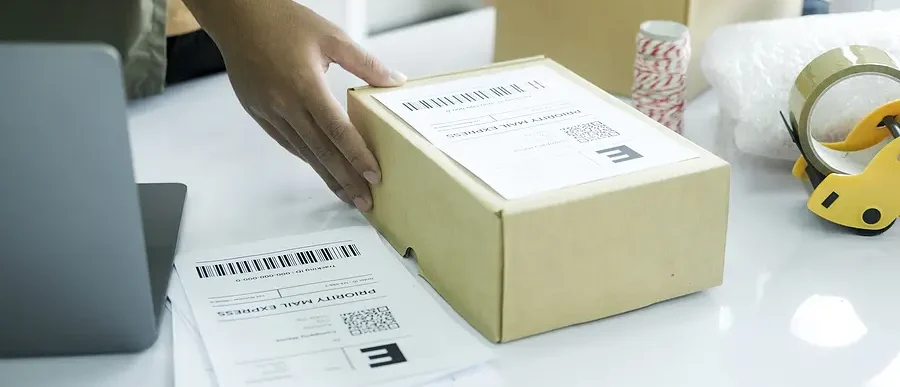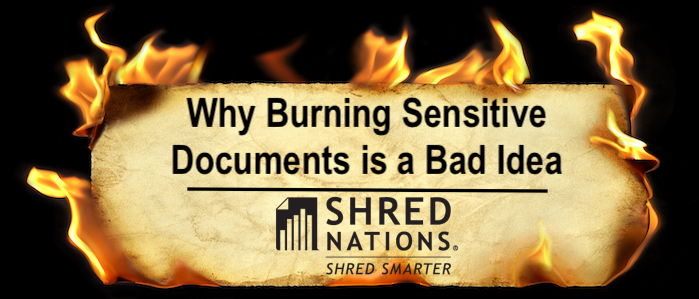
At Shred Nations, we often get questions about burning paper documents at home. This practice is not only highly unsafe and typically illegal but also poses serious environmental risks.
To shed light on the dangers of burning paper, we spoke with Chuck Altvater from the Colorado Division of Fire Prevention and Control (DFPC). Chuck, a 21-year army veteran with extensive experience as a firefighter and EMT, currently serves as the Professional Development Unit Chief and Community Risk Reduction Officer at DFPC. It’s crucial to understand that experts like Chuck strongly discourage burning paper for disposal. Watch the full interview in the video or read the blog below to learn more about the dangers of burning paper.
PLEASE NOTE: THE DFPC AND CHUCK ALTVATER DO NOT ENDORSE, ADVOCATE, OR RECOMMEND ANY PARTICULAR SERVICE, COMPANY, OR PRODUCT. HIS INSIGHTS ARE PURELY INFORMATIONAL REGARDING THE DANGERS OF BURNING PAPER.
The Risks of Burning Paper at Home
Burning paper documents at home is simply dangerous. Home fireplaces, wood stoves, and backyard incinerators are not designed for burning paper. Modern paper contains harmful chemicals such as plastics, varnishes, and even formaldehyde. These chemicals release into the air when you burn paper. They pose significant health risks to anyone who breathes them in. These chemicals, although they enhance the appearance and longevity of paper, require proper disposal. Chuck aptly puts it, “If you’re burning paper, you’re essentially burning plastic.”
One of the most immediate and life-threatening dangers of burning paper is the risk of house fires. In 2021 alone, the US Fire Administration had 353,500 house fires. What’s more alarming is that nearly 77% of fire-related deaths were linked to these house fires. This is particularly concerning, given that about 12% of these fires were caused by carelessness or open burning, according to the U.S. Fire Administration.
Chuck points out that it’s common for creosote to build up when burning wood and natural products in your fireplace or wood stove. However, when you introduce polymers and varnishes into the mix, it burns hotter, increasing the likelihood of flue pipe cracks. These chemicals are far more combustible than typical creosote from regular wood fires. If the flue pipe cracks, it allows gases, flames, and smoke to escape into the attic. This often leads to roof fires or attic fires.
These harmful fumes and toxic gases can even permeate into your home, and inhaling them can be extremely lethal. Chuck emphasizes the importance of washing bunker gear after each fire to eliminate carcinogens produced when plastic burns. These chemicals and known carcinogens can adhere to clothing and fabrics, potentially leading to cancer later in life.
Wildfire Risks
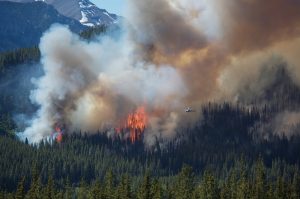
In regions like Colorado and California, burning paper also poses significant wildfire risks. Many people are unaware that embers from burning paper can travel long distances before extinguishing. Chuck recalls the 2002 Hayman fire in Colorado, a devastating wildfire caused by someone burning a single letter. This fire resulted in over $40 million in property damage, the loss of 133 homes, and the burning of approximately 138,111 acres. Tragically, six Oregon firefighters also lost their lives as an indirect result of the fire.
Penalties for Causing a Fire (Even Unintentional)
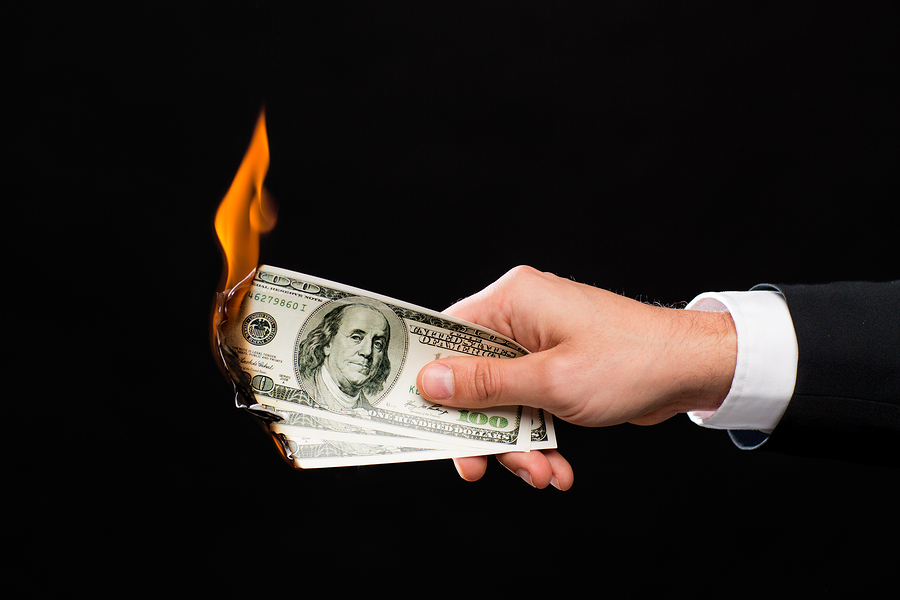
One often overlooked aspect is the legal penalties associated with causing a fire, even unintentionally. In most cases, law enforcement regards unintentional fires as arson. In Colorado, if a fire escapes your control and burns a building, it’s considered first-degree arson. This a penalty of up to 12 years in prison, a $750,000 fine, or both.
If the fire escapes your control and leads to a vegetation fire, whether it’s a small spot fire or a large wildfire requiring weeks of firefighting efforts, it’s categorized as second-degree arson. This carries a penalty of up to six years in prison and a $500,000 fine. It’s important to note that even if you didn’t intend to start a major fire, lighting a single piece of paper that gets out of control is still an act of arson.
Chuck also mentions that if a fire causes harm or death, it can lead to charges of fourth-degree arson, in addition to other charges like manslaughter, homicide, or reckless endangerment. For example, in the Hayman fire, six firefighters from Oregon lost their lives in a car accident while traveling to assist with firefighting efforts. This resulted in six counts of manslaughter and six counts of fourth-degree arson.
Final Expert Advice
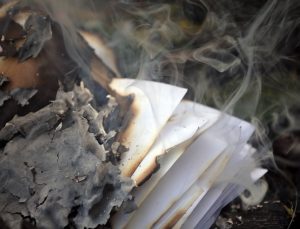
The safety of individuals should be paramount, and the legal implications of burning paper must also be taken seriously. Experts in fire service, law enforcement, and data management unanimously recommend securely shredding paper records as the only safe and compliant way to dispose of them. Fire is unpredictable, and burning paper is even more so. Moreover, burning large quantities of paper may not guarantee the destruction of the information you intend to protect. Oxygen often struggles to penetrate between the pages, leaving sensitive information intact after burning.
Avoid the Unnecessary Risks of Burning Paper With Shred Nations
Regardless of your document destruction needs, Shred Nations can connect you with professionals in your area to help keep your information secure. Secure shredding not only safeguards your information but also ensures you and your loved ones are protected from the unintended consequences of attempting to burn documents. You can contact us for free quotes on mobile, off-site, or Ship N Shred shredding services near you by calling (800) 747-3365, filling out a form, or using our live chat.






